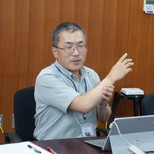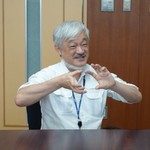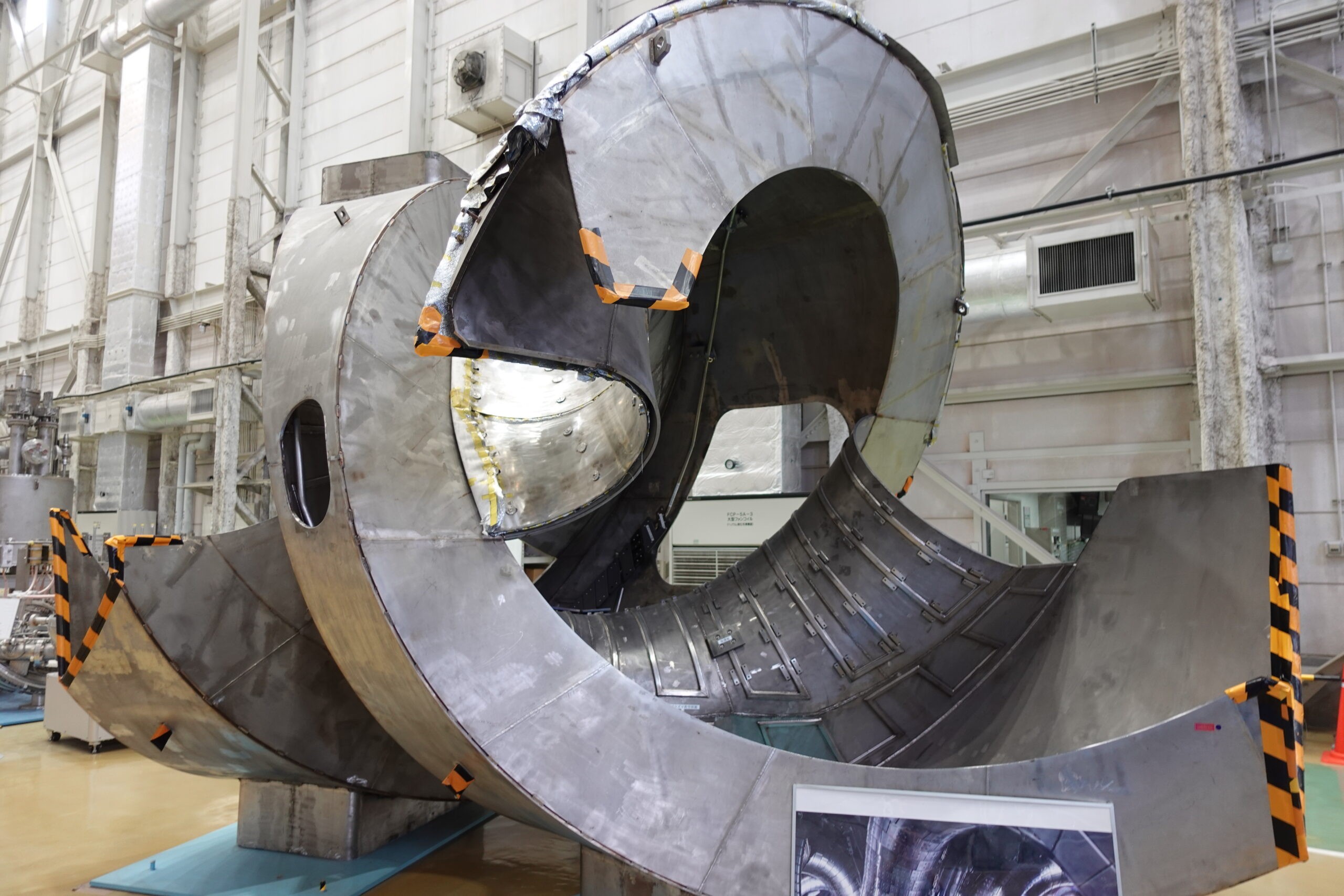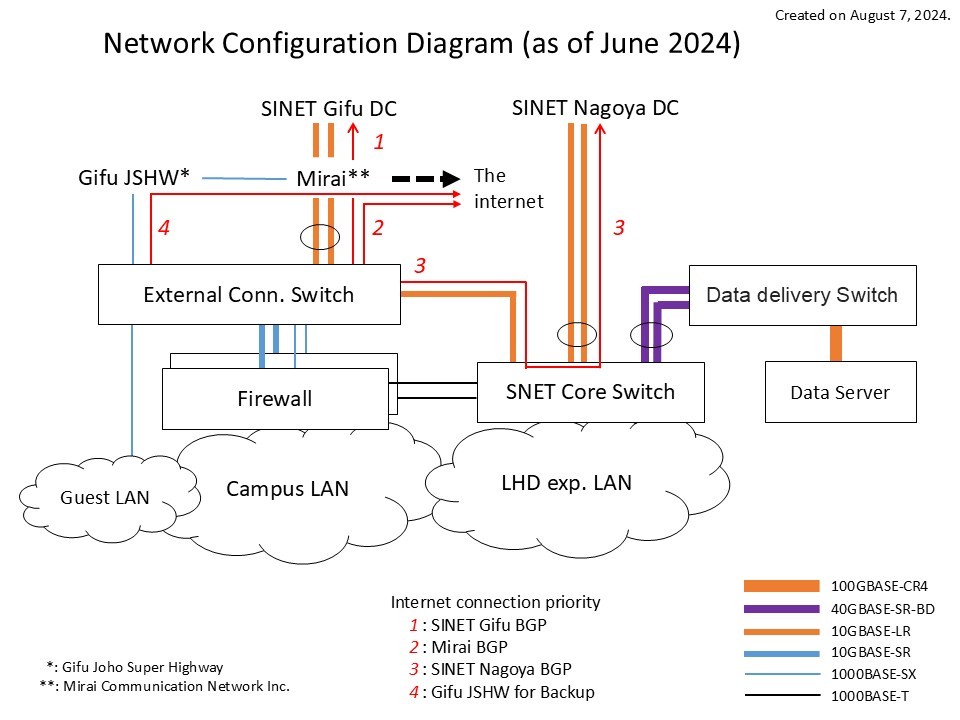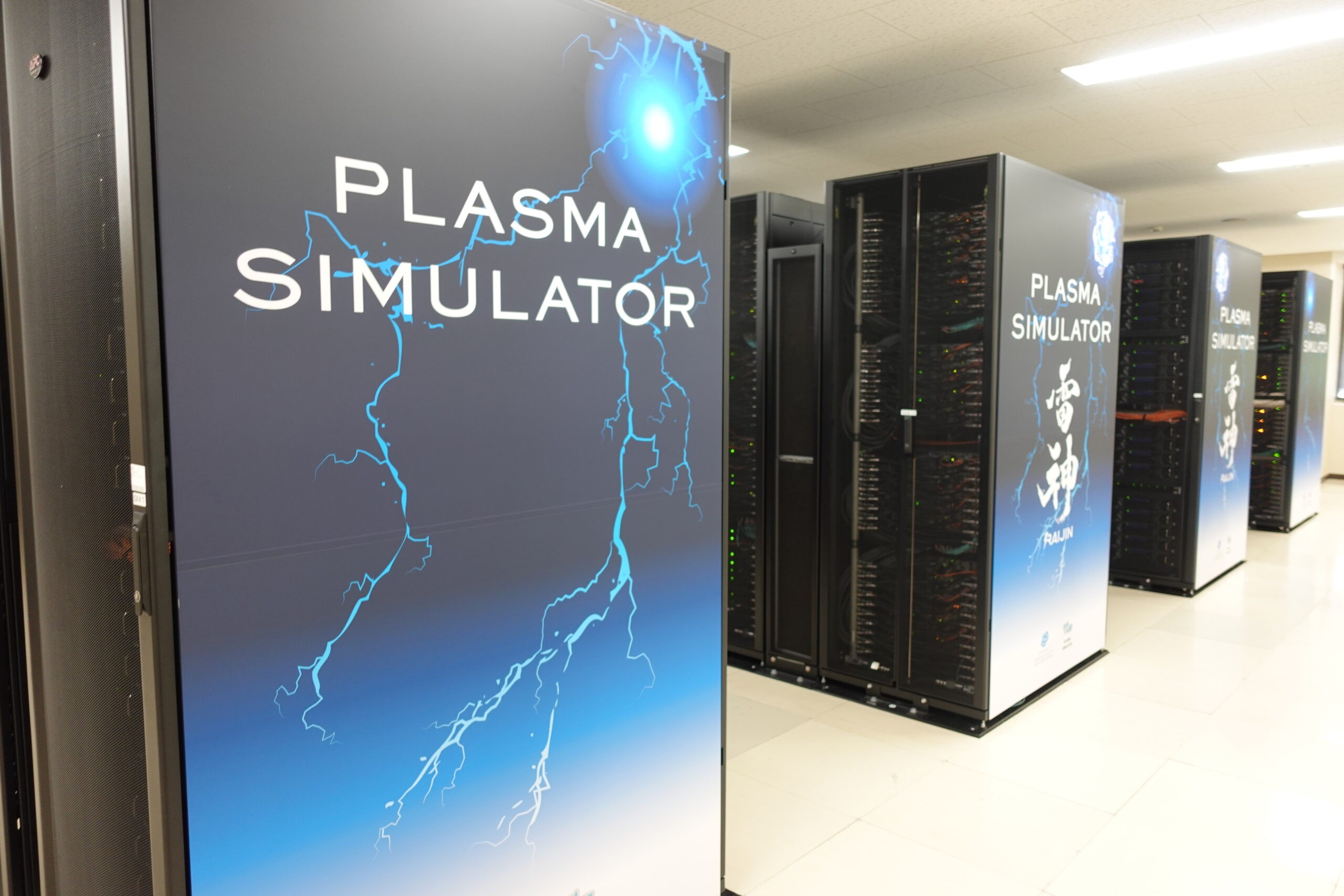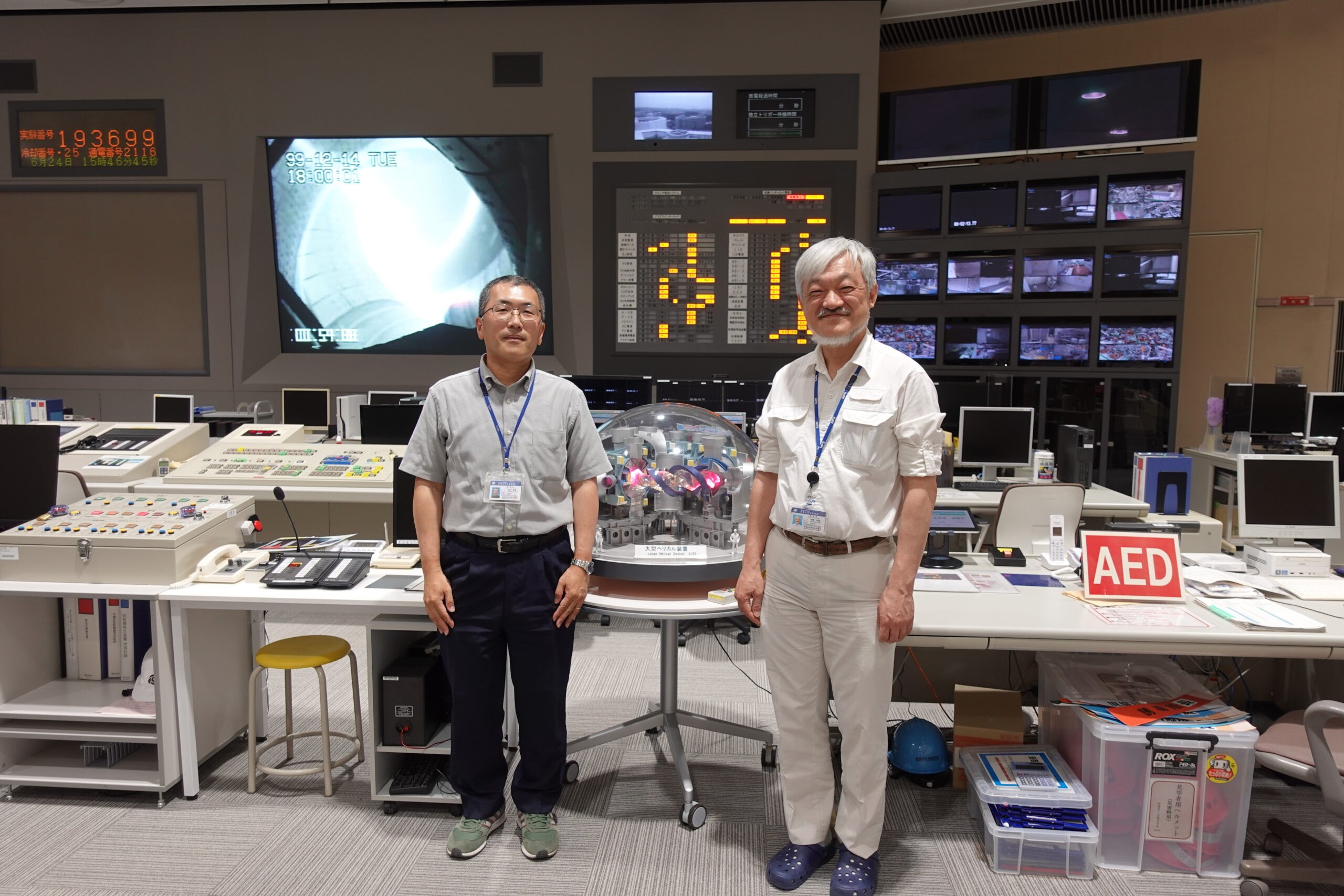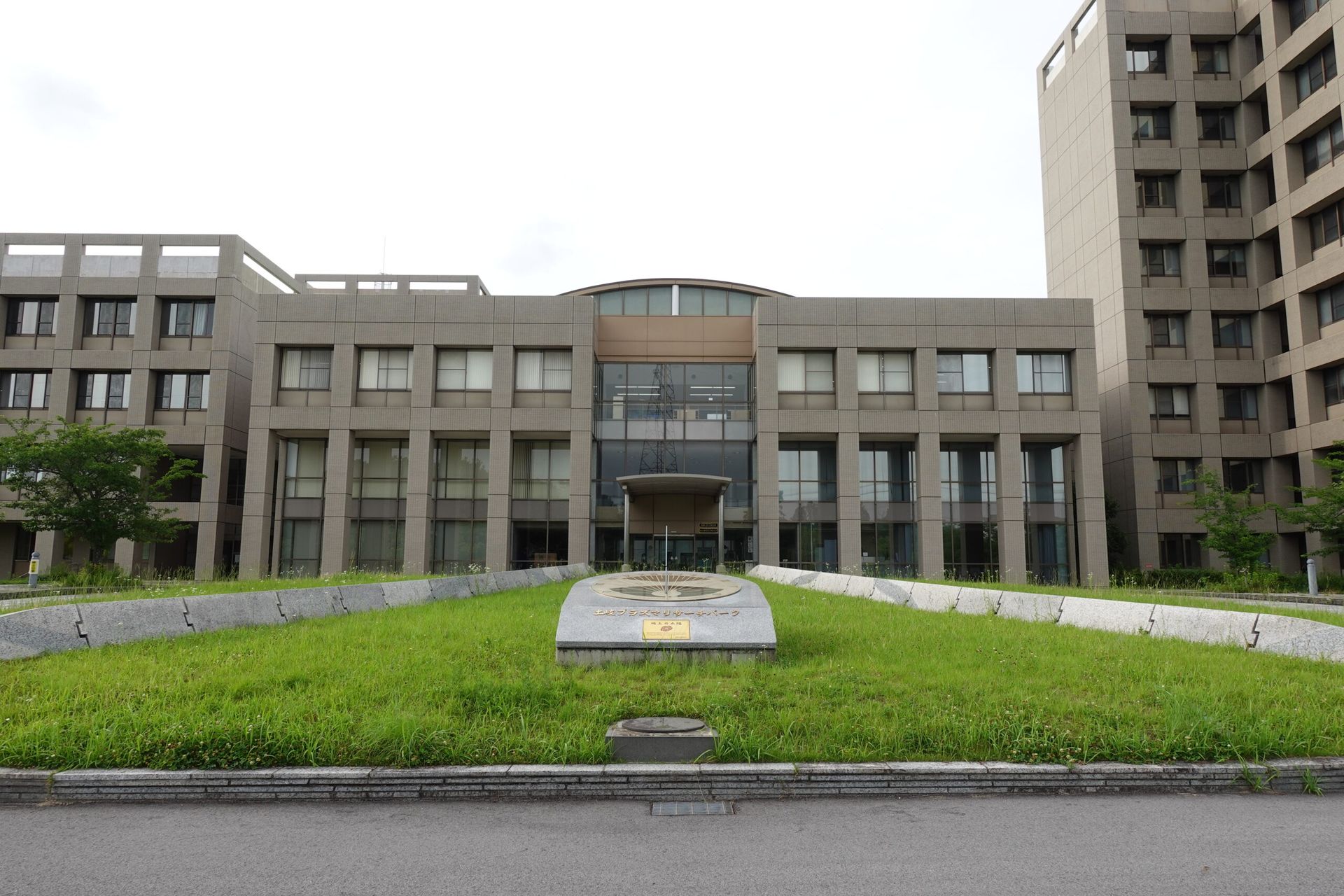
SINET’s Role in Open Data Availability in Fusion Research
The National Institute for Fusion Science (NIFS) advances collection and management of experimental data in fusion research. We interviewed Associate Professor Hideya Nakanishi of the NIFS S&I Unit and Associate Professor Takashi Yamamoto of the Information Systems and Cyber Security Center about their efforts to make open data more available and development of the network environment. (Interview date: June 24, 2024)
Could you give us an overview of NIFS as an organization that seeks to make clean energy practically available?
Could you give us an overview of NIFS as an organization that seeks to make clean energy practically available?
Ymamoto: NIFS is an institution that conducts academic research in wide-ranging fields, including plasma physics that is crucial to realizing fusion energy in a form that is useful to us as well as microscopic quantum processes, materials science, and engineering technology for the parts that make up various devices. In fusion research, it is difficult for individual universities and research institutes to possess the necessary devices because of their sheer size. As an inter-university research institute, NIFS promotes the development of fusion science and the building of a broad foundation for science and technology by promoting joint research with universities and research institutes in Japan and overseas using Large Helical Device (LHD), supercomputers, and other large-scale research facilities. It also plays an important role in promoting the development of young talent who can take the lead for the future of fusion science. There is also the Graduate University for Advanced Studies, SOKENDAI, so we are also investing in receiving graduate students from Nagoya University and other partner universities. Moreover, promoting open science has become increasingly important in recent years as way to facilitate collaboration with other fields and industries. We expect to see cooperation with materials development, plasma simulation, and fusion venture companies as well.
In the first place, what are the mechanisms of “nuclear fusion”?
Nakanishi: Nuclear fusion is a reaction where small-mass atomic nuclei fuse with each other to form new heavier nuclei, releasing a huge amount of energy in the process. More specifically, it refers to the fusion of hydrogen and other elements to produce helium and other heavier elements. Nuclear fusion reactions are a universal energy source in the universe. When they occur in the Sun, the reactions produce helium from hydrogen, generating energy continuously for 4.6 billion years. Hydrogen and deuterium, which serve as fuel, are abundant in seawater, so that enormous amounts of energy can potentially be obtained at low cost. Additionally, since nuclear fusion reactions are less likely to generate harmful waste, they are seen as an environmentally friendly energy source with low environmental impact.
What kind of research is the LHD Project? Also tell us about the aims of the research and its future role.
Nakanishi: The LHD Project had aimed to conduct experimental research and theoretical simulations on the generation of ultra-high-temperature plasma using the Large Helical Device (LHD) operated by NIFS. To initiate nuclear fusion reactions, atomic nuclei that repel each other must be collided at speeds exceeding a certain threshold. However, it is necessary to confine a large number of atomic nuclei in a plasma state moving at high speeds within a certain space. A familiar example of plasma is a fluorescent lamp. This device accelerates particles with 100 volts, raising their temperature to 10,000 degrees Celsius to create plasma, which then emits light. In the LHD Project, the magnetic field is generated to confine the plasma by winding superconducting coils as a spiral in a doughnut shape. In fact, from 2017 to 2022, we conducted plasma experiments using deuterium gas, and plasma exceeding 100 million degrees was successfully generated.
In addition to acquiring and analyzing the data obtained from these experiments, we aim to make them available as open data and promote open science. We hope to further promote international collaboration and accelerate the realization of fusion energy. We have made the large amount of data obtained from our nuclear fusion experiments publicly available with the support of Amazon Web Services (AWS) Open Data Sponsorship Program.* This is the first time that experimental data in the field of nuclear fusion has been made available as open data.
*https://aws.amazon.com/opendata/open-data-sponsorship-program/
Please tell us about the network connection configuration of SINET.
Yamamoto: Yes, the amount of experimental data collected is increasing year by year, and it has been growing at a 100-fold pace in the past decade, which has highlighted the importance of network environment once again. Currently, we have two 10 Gbps connections from Gifu DC to the campus LAN through a firewall via a provider. From Nagoya DC, we connect with SINET’s L2/L3 VPN. When transferring data to AWS, we connected via Nagoya DC using SINET’s cloud connection service. As shown in the network configuration diagram, network redundancy, which also is a SINET feature, allows us to build a backup environment so that communications are not interrupted even in case of maintenance work or failure. Furthermore, we are considering reinforcing Nagoya DC since there is a concentration of VLANs for experiments from there.
Yamamoto: Reinforcing international lines is another challenge, for example with our joint research with the French nuclear fusion experimental reactor ITER that is currently under construction, so we are planning to expand the bandwidth to 100 Gbps in the future. Since we are promoting open data and open access, I think it’s very beneficial to be able to analyze data in collaboration with Japanese and overseas industries and startups, even if you do not have the devices, so we want to make full use of GakuNin Cloud and GakuNin RDM. In terms of cybersecurity, I also find it reassuring that there exists an automatic DDoS mitigation service to tackle DDoS since it’s difficult to deal with internally.
So, the SINET network is also being used to expand open science?
Nakanishi: Fusion research has long been a field of active international collaboration and joint research, as there are few cases involving patents and other intellectual property rights. However, by making data open, sharing research findings and accelerating the practical application of fusion energy have been newly recognized as a common objective. Recently, fusion ventures have also emerged, many involving originally researchers who conducted experiments at research institutions. In addition, there are individuals from countries having no fusion experiment facilities, such as Southeast Asian and other countries, who have come to Japan to study, obtained degrees, and who now want to return to their home countries to continue their research. We believe that establishing a network environment where such people can access the data they have left behind will not only support research in the field of nuclear fusion but also contribute to its growth beyond the academic realm. Moreover, materials capable of withstanding the harsh conditions inside fusion experiment devices may have applications in other research fields. For example, we are exposed to high-energy particles from the sun in outer space, and we may consider developing spacecraft materials that can withstand plasma. Plasma simulations in the atmosphere could also be useful for observing and analyzing auroras on Earth.
Yamamoto: At NIFS, the current large-scale helical device experiment is scheduled to be completed in the next fiscal year (FY2025). The new experimental device will be medium-sized, will not use superconducting coils, and will feature more efficient measuring instruments. As the conceptual design is developed, the structure of the laboratory has shifted from experimental projects centered on LHD to a research unit system, also promoting cross-disciplinary initiatives.
Please tell us about your outlook for the future.
Nakanishi: I consider open science as my life’s work. Open data is a practical approach, and I would like to open up nuclear fusion to various fields. In addition to tremendous digital assets in the form of experimental data, I would also like to make full use of the network infrastructure provided by SINET to connect Japanese fusion research with the world.
Yamamoto: As I’m in charge of the network, I want to keep building on the research infrastructure by utilizing the various services provided by the National Institute of Informatics, not limited to SINET.


